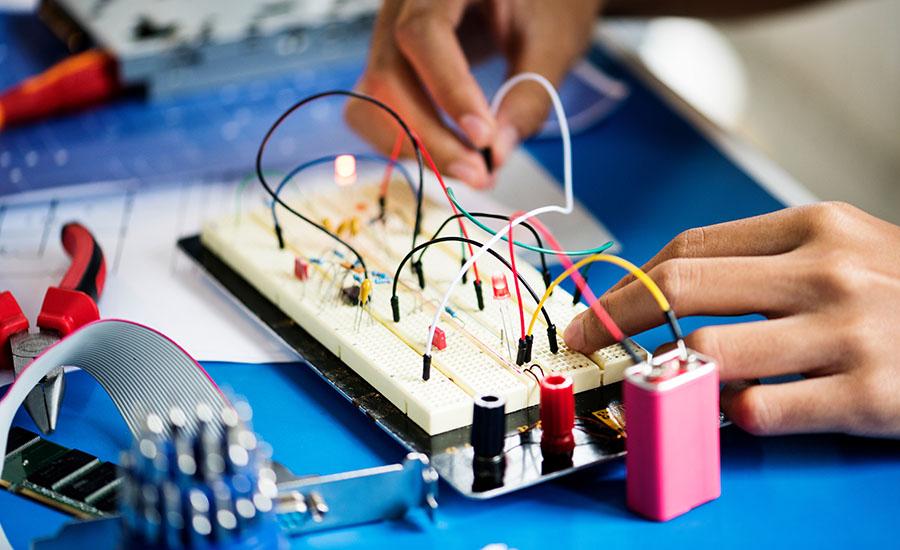
Testing Insulators and Conductors with Energy Sticks
In this lesson, students will experience for themselves what insulators and conductors are in the field of electrical engineering. Students will learn how to use a Steve Spangler Energy Stick to create an electrical circuit with their bodies, holding hands with their fellow group members to form a circle. They will then use this electrical circuit, literally a circle of students holding hands, to test different materials to see if they are insulators or conductors. If the energy stick lights up and makes noises, that means the material is allowing electricity to pass through it! If it doesn't light up and make noises, then that cues students that the material they introduced into their circle is an insulator. Students will sort the materials they test on a Tree Map, and end with a whole class discussion and exit ticket to demonstrate what they have discovered.
Lesson Grade Level
4th GradeLesson Plan Link/URL
https://docs.google.com/presentation/d/1s4JPUogbDjezhMy8pfS4H7pAad5Hwl-P/edit?u…Related Content




